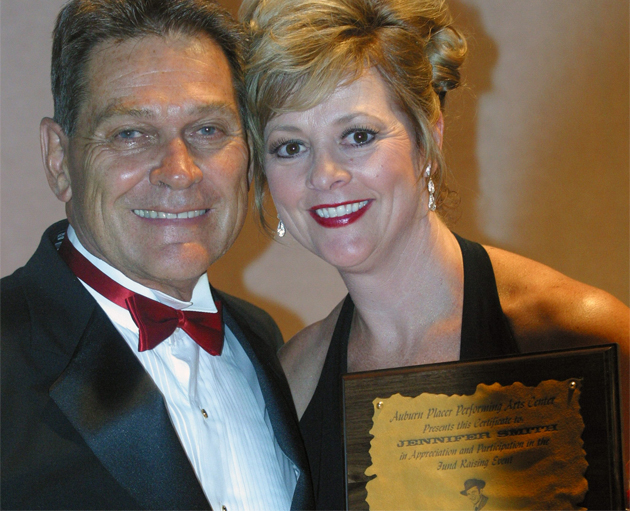This is VenueTech’s #1 rule of community based fundraising… People Give to People They Know! The best way to ensure success in your organization’s fundraising effort, is to have your volunteers focus on people they know. This is especially important when you are just getting started on the fundraising campaign. It is always helpful to have a few people say “yes” during the early stage of a campaign. This helps build the volunteer’s confidence and help overcome the “nos” that people will hear as they continue the fundraising effort. Teach your volunteers that the best place to start is with friends, family or perhaps people who have encouraged them to give to “their important project.”
The first step is to develop a list of prospective donors. While your organization may have a comprehensive list of potential donors, each volunteer should also develop a list based on individuals that they already have relationships with. Also, when reviewing the list provided by the organization, each volunteer should focus on individuals that they already know and those who will be easiest to talk to.
Think of it this way… if you are asked to donate money to an important community project, would you be more inclined to say yes to someone you know very well or to someone you had never met before? The answer is really simple. People give to people they know!
Remember, some people will not wish to support your fundraising campaign at this time, so you need to start with a strong list in order to reach your fundraising goal. To get started, have each volunteer develop their list around people they know, both personally and professionally, as well as other organizations that they are involved with.
When developing the prospective donor list, ask volunteers to focus on the following resources:
- Personal address book (friends, family and neighbors)
- Business address book
- Go through your IPHONE, Blackberry or other PDA to double check your list
- List of clients or customers
- List of vendors who sell to your business
- Chamber of Commerce membership list (or committees you are working on)
- Church directory
- Country Club directory
- Service Club membership list
- PTA membership list (perhaps the parents of your children’s friends)
- Membership list from other organizations you are involved with
- List of other non-profit organizations you have donated to (and the individual who solicited your gift)
- People who have supported the project and the organization in the past (perhaps from the organization’s mailing list)
- Businesses who have sponsored other local events or other local organizations
- Friends of friends and family
- Always remember, when someone says “yes”, ask if they know others that might be interested in your project


